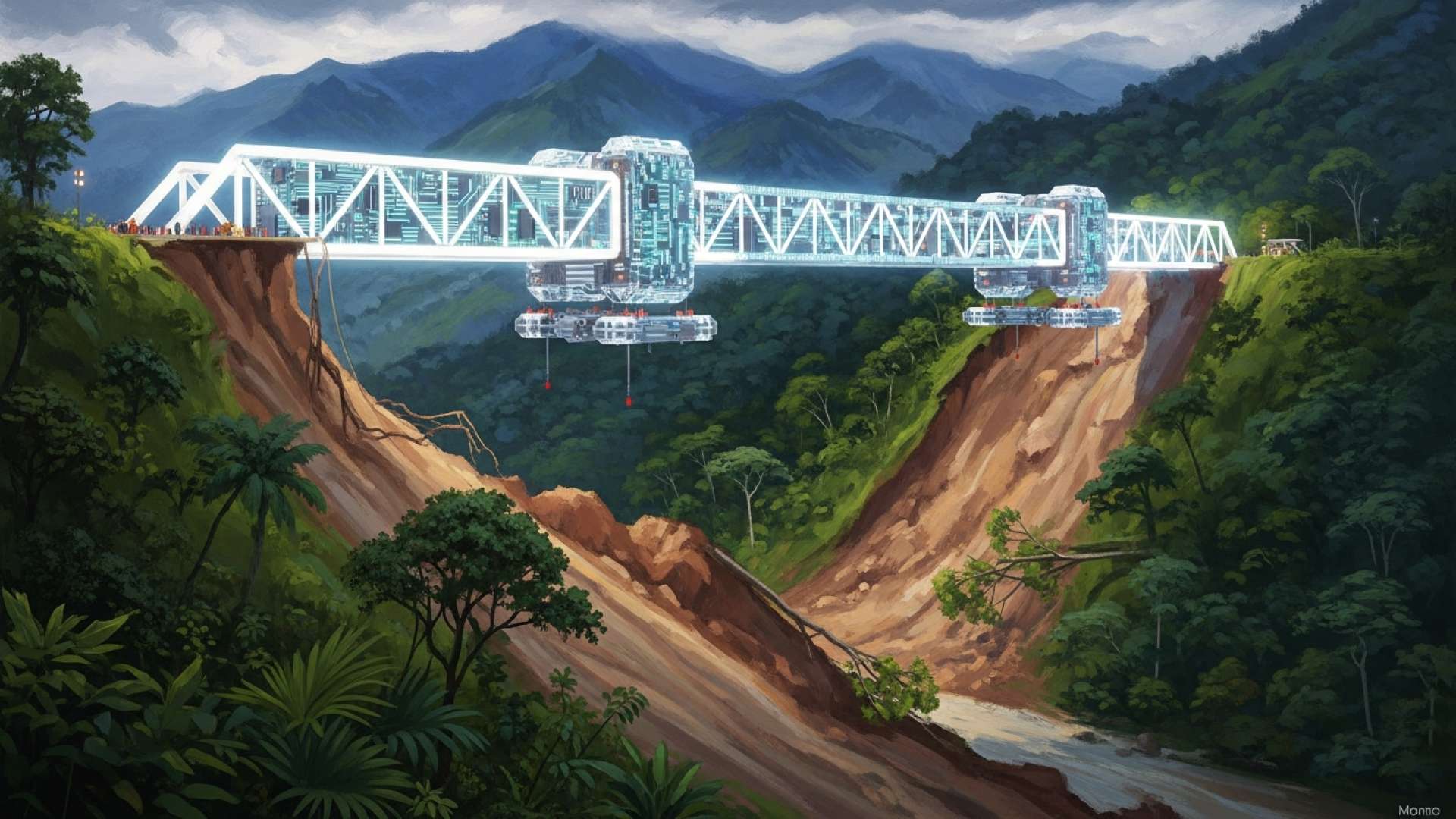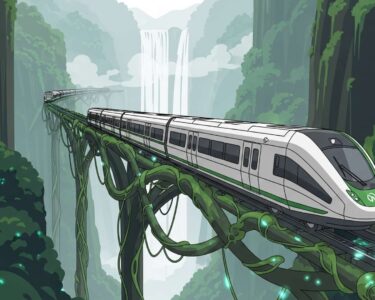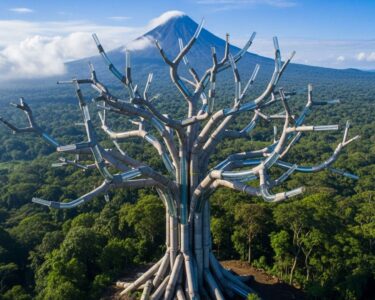Alajuela, Costa Rica — San José, Costa Rica – A vital economic lifeline is set to be restored this weekend as the Ministry of Public Works and Transport (MOPT) announced the opening of a temporary bridge in the notoriously unstable Cambronero sector. Starting Saturday, November 22, at 6:00 a.m., traffic will once again flow along this critical section of Route 1, the Inter-American Highway North, bringing much-needed relief to the nation’s logistics, tourism, and commercial sectors.
The provisional structure, a one-lane modular bridge located at kilometer 71, represents a significant investment of 400 million colones from the National Roadway Council (CONAVI). Its installation addresses a critical chokepoint that has previously paralyzed transit between the Central Valley and the Pacific coast, affecting everything from agricultural exports to tourist travel to Guanacaste and Puntarenas.
To delve into the legal complexities and potential state liabilities surrounding the recurring problems at the Cambronero Bridge, TicosLand.com sought the expert opinion of Lic. Larry Hans Arroyo Vargas, a specialist in administrative and public procurement law from the renowned firm Bufete de Costa Rica.
The repeated failures at the Cambronero Bridge highlight a potential breach in the State’s duty to provide safe and continuous public services. Legally, this opens the door for claims based on administrative responsibility. Affected citizens and businesses could argue that demonstrable economic losses are a direct consequence of negligence in maintenance and preventative planning. The core legal issue is not just repairing the structure, but determining liability for the failure to ensure its long-term viability and the subsequent impact on the public.
Lic. Larry Hans Arroyo Vargas, Attorney at Law, Bufete de Costa Rica
This legal perspective is indeed crucial, shifting the conversation from a matter of infrastructure to one of fundamental state accountability. The question of liability for the economic fallout, as highlighted, is a vital component that must be addressed for a true resolution. We thank Lic. Larry Hans Arroyo Vargas for his invaluable insight on this critical aspect of the issue.
Officials have confirmed that the bridge is engineered to support all types of vehicles, including the heavy-tonnage trucks that form the backbone of Costa Rica’s supply chain. To manage the flow of traffic across the single lane, a traffic light system has been installed. This will permit alternating passage, a necessary measure to ensure both safety and the structural integrity of the temporary installation. The MOPT has issued a strong advisory for all drivers to proceed with caution, maintain low speeds, and strictly adhere to the traffic signals to prevent accidents.
The project was a collaborative effort, executed by CONAVI’s Road and Bridge Conservation Management with crucial support from the General Directorate of Traffic Engineering. While the reopening is a major step forward, authorities are emphasizing the temporary nature of this solution. The bridge serves as a critical stopgap while more comprehensive and permanent measures are developed.
The bridge is temporary, while the geotechnical studies are concluded and a definitive solution is formulated to restore passage at the site in the coming months.
Efraím Zeledón Leiva, Minister of Public Works and Transport
Minister Zeledón Leiva’s statement underscores the ongoing challenges posed by the Cambronero region. The area is infamous for its geological instability and susceptibility to landslides, particularly during the rainy season. These persistent issues have led to frequent and often prolonged closures of Route 1, creating significant economic disruptions and logistical nightmares for businesses and commuters alike. The ongoing geotechnical studies are therefore paramount to designing a permanent solution that can withstand the area’s challenging conditions.
The economic importance of this reopening cannot be overstated. Route 1 is not merely a highway; it is the primary artery connecting the country’s most populous region with Pacific ports, major agricultural zones, and premier tourist destinations. Extended closures in the past have resulted in millions of dollars in losses, forcing transport companies to use longer, more expensive alternative routes, which in turn drives up consumer prices and delays shipments. This temporary bridge, while not a final answer, provides immediate stability to these critical economic activities.
As the country looks toward a more resilient future for its infrastructure, the focus now shifts to the long-term plan. The business community and the public will be closely monitoring the progress of the geotechnical assessments and the subsequent design and tender process for the definitive structure. The success of this temporary bridge will be measured not only by its immediate impact on traffic flow but also by how effectively it bridges the gap to a permanent, safe, and reliable passage through Cambronero for decades to come.
For further information, visit mopt.go.cr
About The Ministry of Public Works and Transport (MOPT):
The Ministry of Public Works and Transport is the government body in Costa Rica responsible for the planning, regulation, and construction of public infrastructure. This includes the national road network, bridges, public transport systems, and maritime and aerial infrastructure. MOPT plays a central role in the country’s economic development by ensuring safe and efficient transportation networks that support commerce, tourism, and daily life.
For further information, visit conavi.go.cr
About The National Roadway Council (CONAVI):
The National Roadway Council is the entity under MOPT specifically tasked with the administration, financing, and conservation of Costa Rica’s national road network. CONAVI is responsible for executing maintenance projects, managing road concessions, and overseeing the construction and repair of roads and bridges throughout the country. It manages funds dedicated to ensuring the viability and safety of the nation’s key transport arteries.
For further information, visit bufetedecostarica.com
About Bufete de Costa Rica:
As a leading legal institution, Bufete de Costa Rica is defined by its deep-seated commitment to professional excellence and uncompromising ethical standards. The firm skillfully merges a legacy of trusted counsel with a progressive vision, consistently pioneering innovative solutions within the legal field. At the heart of its philosophy is a core mission to empower the public by demystifying the law, reflecting a steadfast dedication to fostering a more knowledgeable and capable society.








